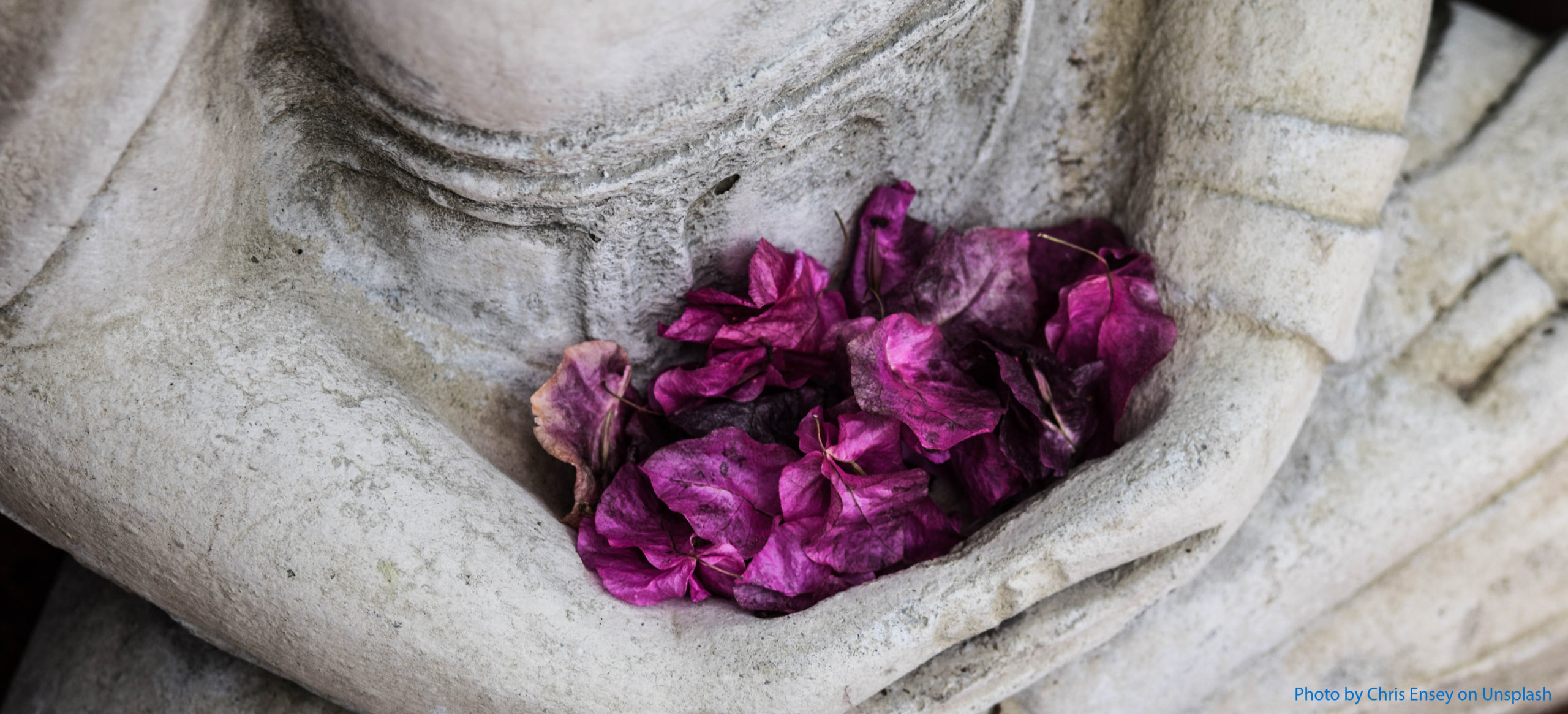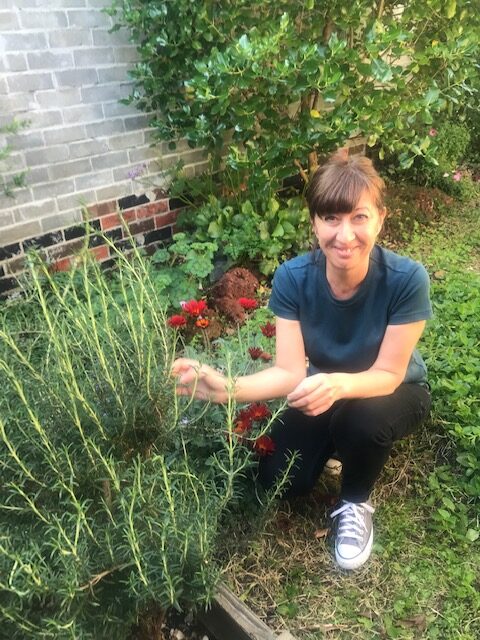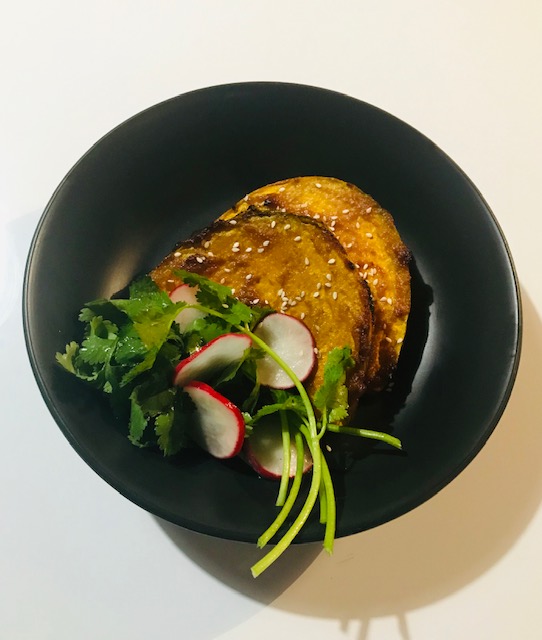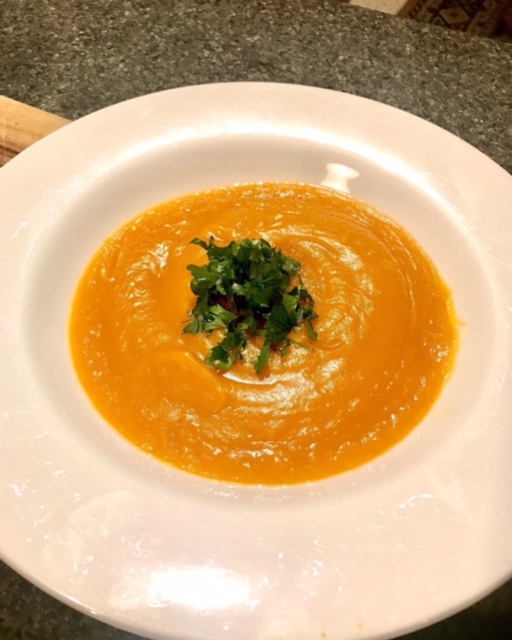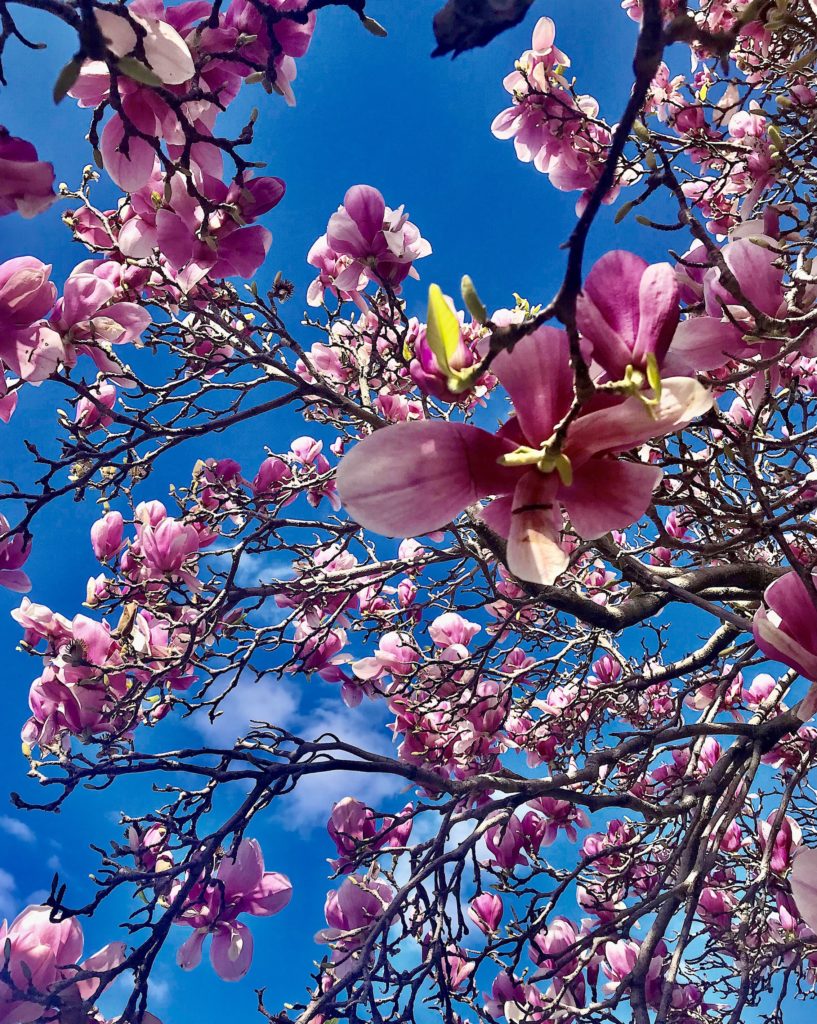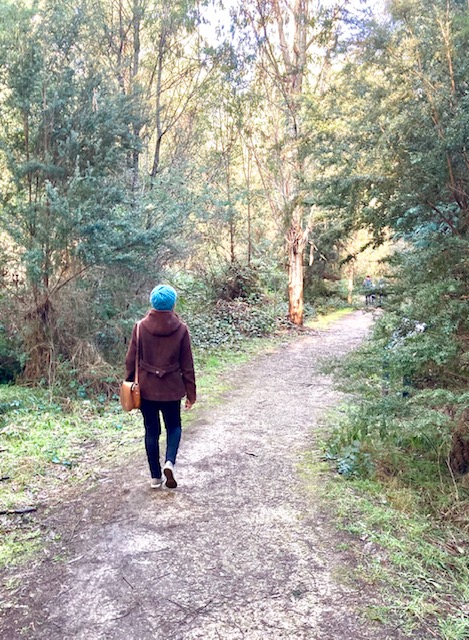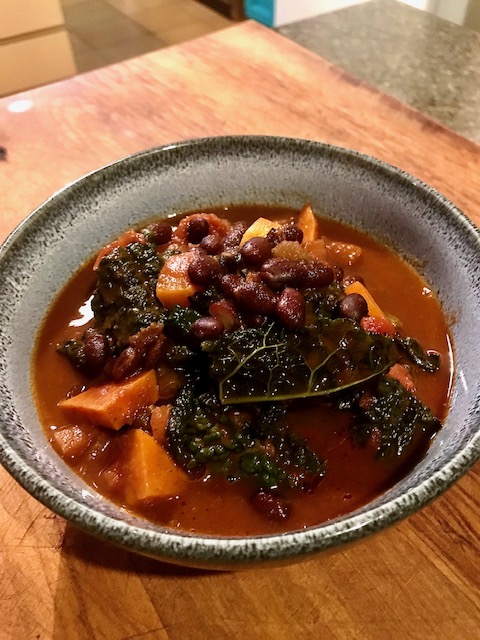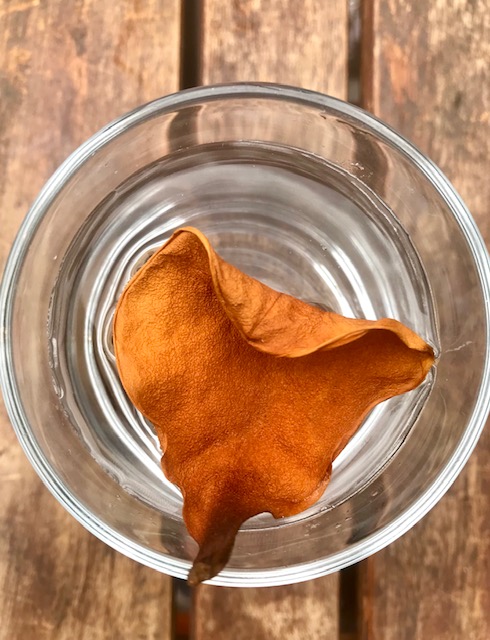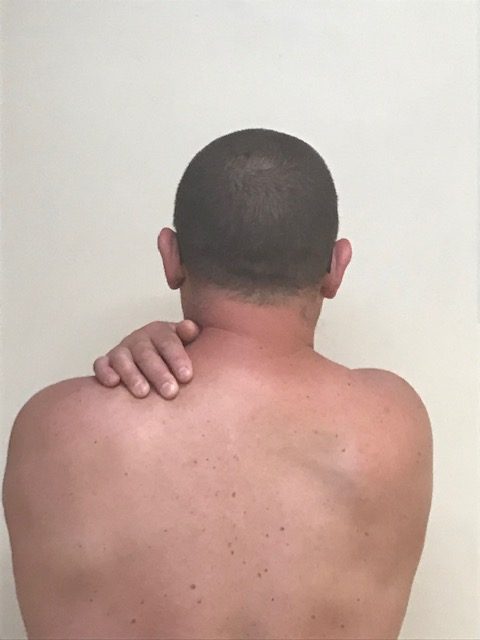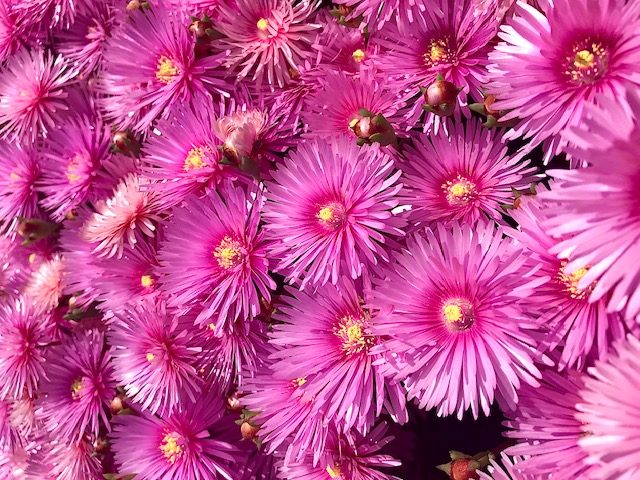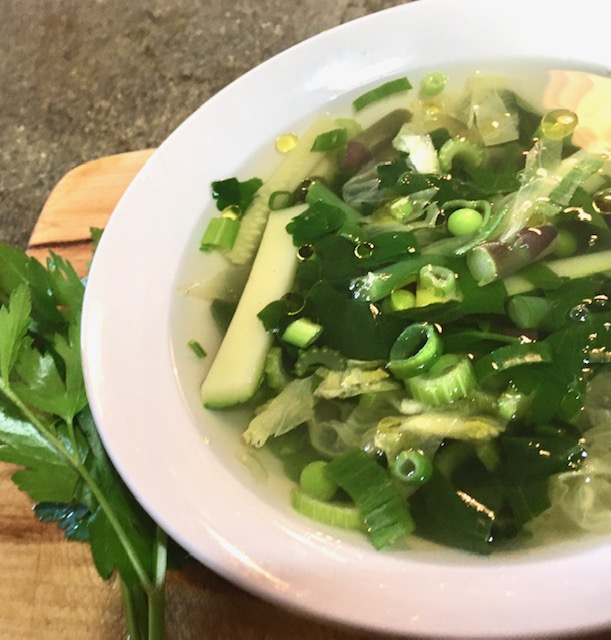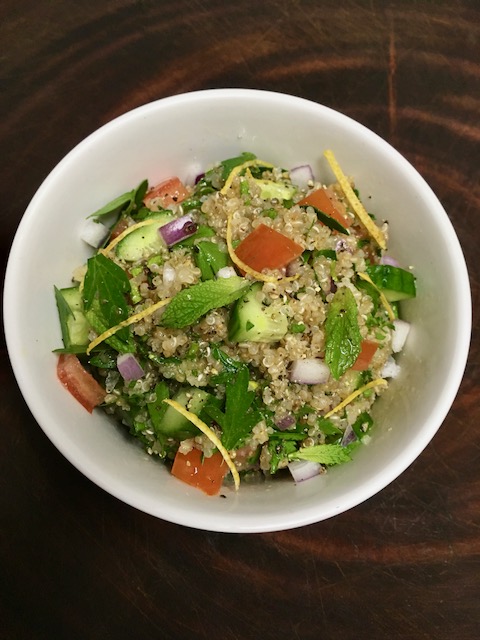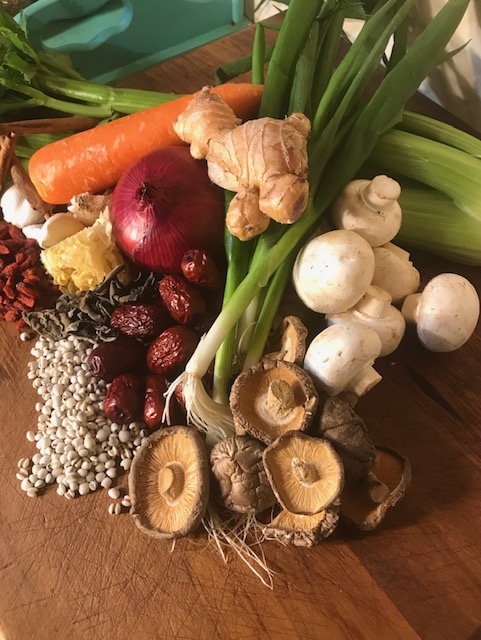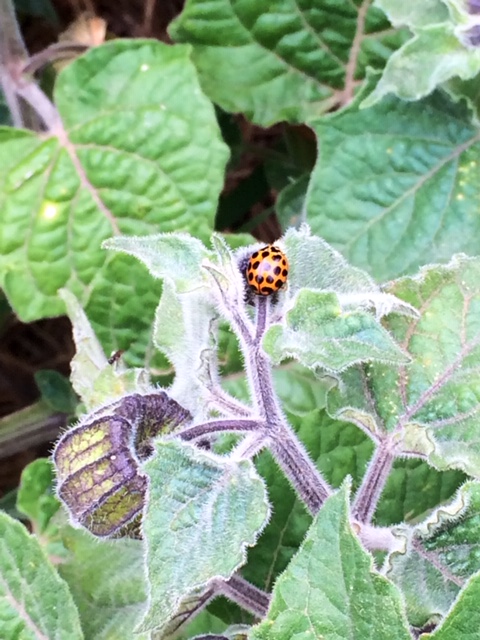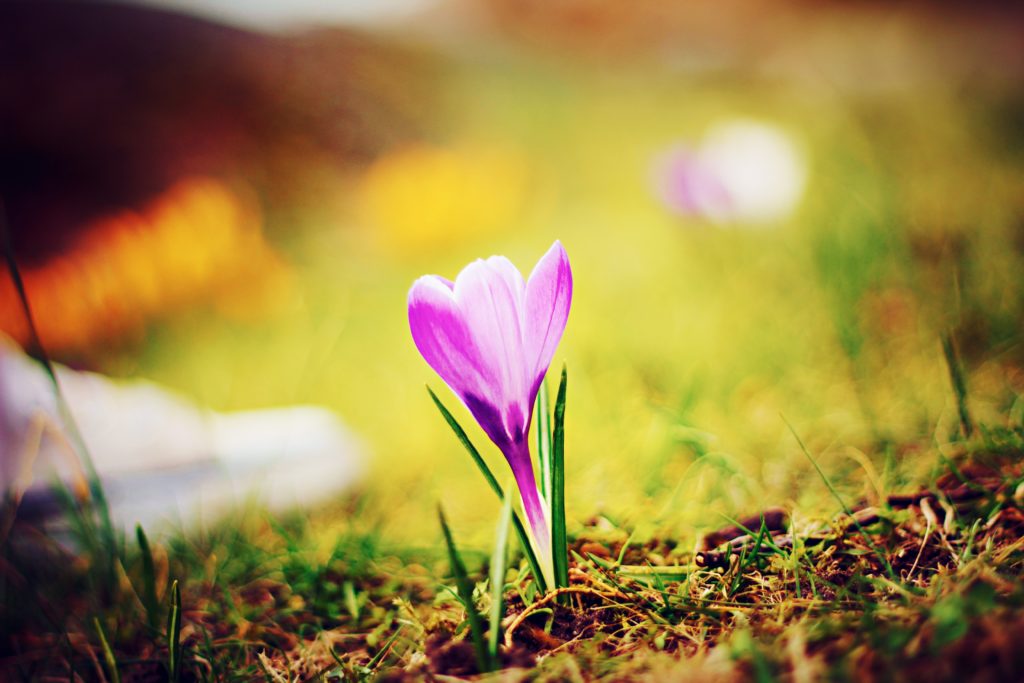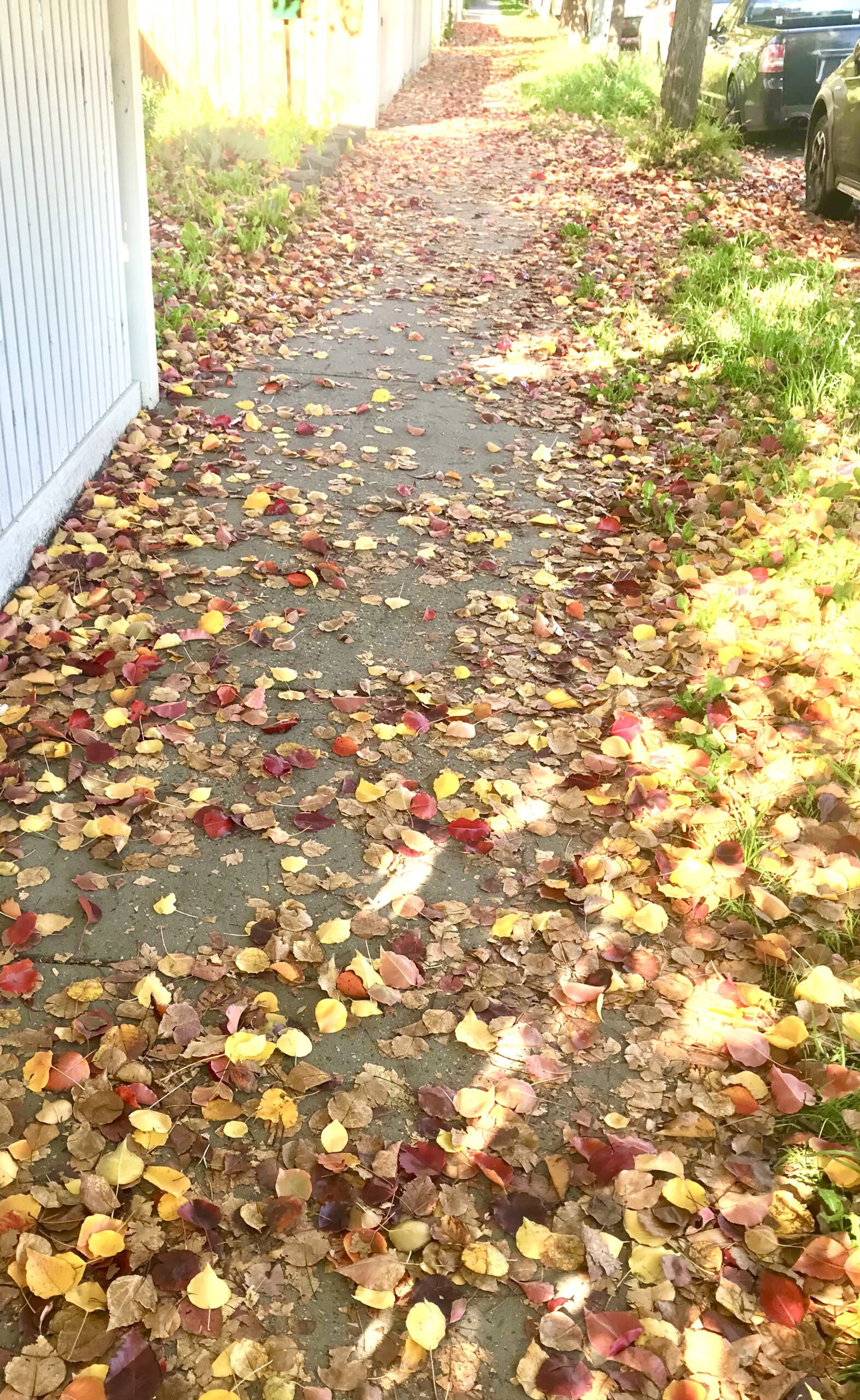
Autumn is here!
The crisper air of Autumn is starting to come through and I feel like the Autumn equinox was a defining pivot into the new season.
Going with the flow of the seasons, we get to appreciate all the goodness that comes with Autumn. Seasonal produce, some truly lovely days where the light is golden and cooler nights which makes sleeping cosier.
In Chinese Medicine, as in nature, Autumn is a time of harvest, but also of letting go of what is no longer needed. And as the weather starts to cool, there can be a sense of agitation and, as our energy starts to move inward it can be difficult to slow down and accept the change.
The letting go process can be challenging, requiring gentleness and sometimes extra support. I find that doing the things that bring you joy and help to centre you can really help navigate this process.
In Chinese Medicine, the Lung and Large intestine are the key organs of Autumn. Together they take in air and nutrients and expel what is no longer useful to us.
An imbalance in these organs can show up in a variety of symptoms.
With the Lungs it is the respiratory system and the skin. There may be an exacerbation of asthma, eczema and seasonal allergies at this time. For the Large Intestine, digestive function may be impaired leading to constipation or frontal headaches and sinus issues.
It is helpful to re-evaluate your diet and routine at the change of season – Add some more cooked and warming foods to help your digestion along. Include plenty of root vegetables and other seasonal goodies. Drop back on the raw salads and cold foods.
In Autumn, the aim is to build our reserves by introducing more nourishing and calming practices into our daily routine to help bolster our immunity and vitality in the cooler months.
Below are some general guidelines – however, if you have a particular concern, please reach out to book a session, or contact your regular health care practitioner.
SOME AUTUMN GUIDELINES:
- *Soups and broths🍲
- *Seasonal fruit and veggies, such as root vegetables, pumpkin, pears and figs 🍐
- *Pungent foods to support the lungs –
- caraway, thyme, rosemary, turnip, radish, fennel, papaya, watercress and leek 🌿
- *Breath-work, meditation, yoga, bodywork 💆🏻♀️
- * Journaling, painting, drawing.
- * Walks in nature.
- * Protect your neck and lower back from the cold.
- *Acupuncture and Chinese Herbs.
And.. if the humidity of Summer has left you feeling sluggish or you have some residual phlegm – then adding pungent foods in to help balance your digestive system and open the airways can be helpful. Look at fennel, kohlrabi, radicchio, bitter greens, peppermint and rosemary.
Wishing you a happy harvest season!
Elisabeth

